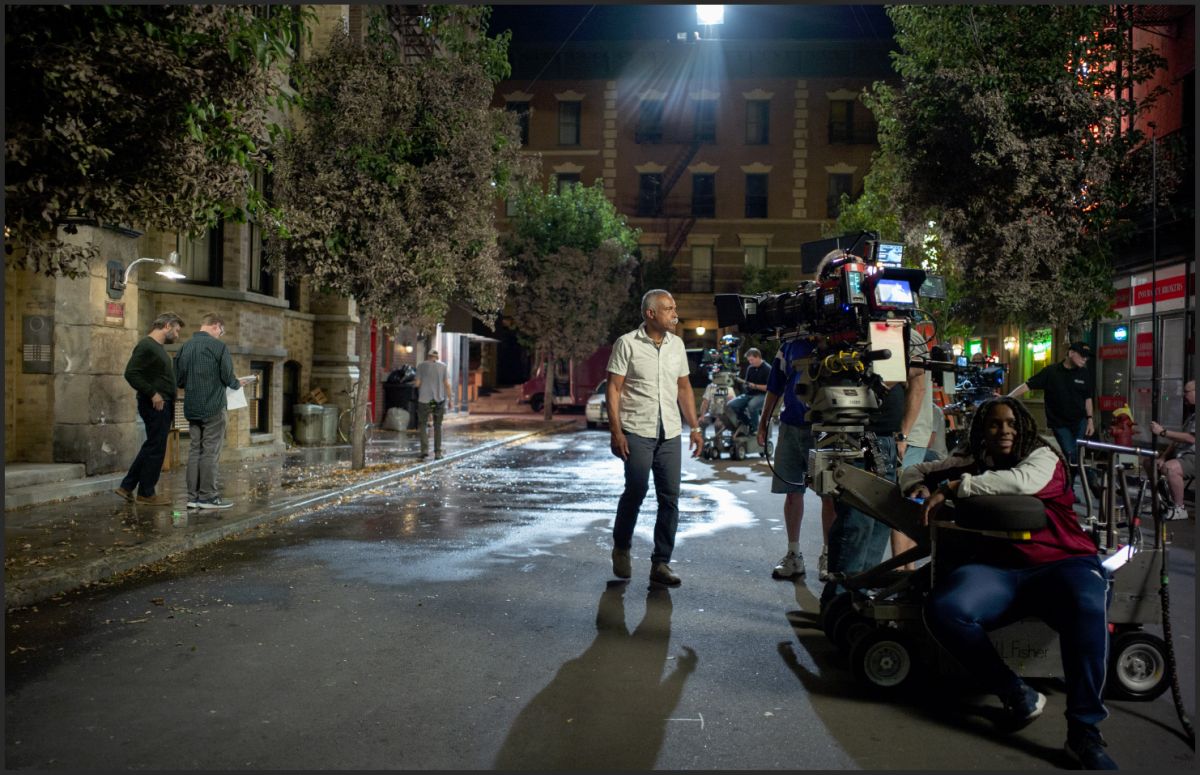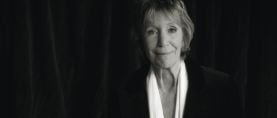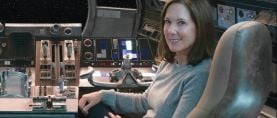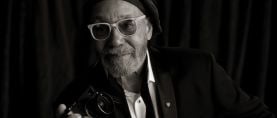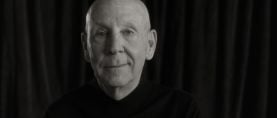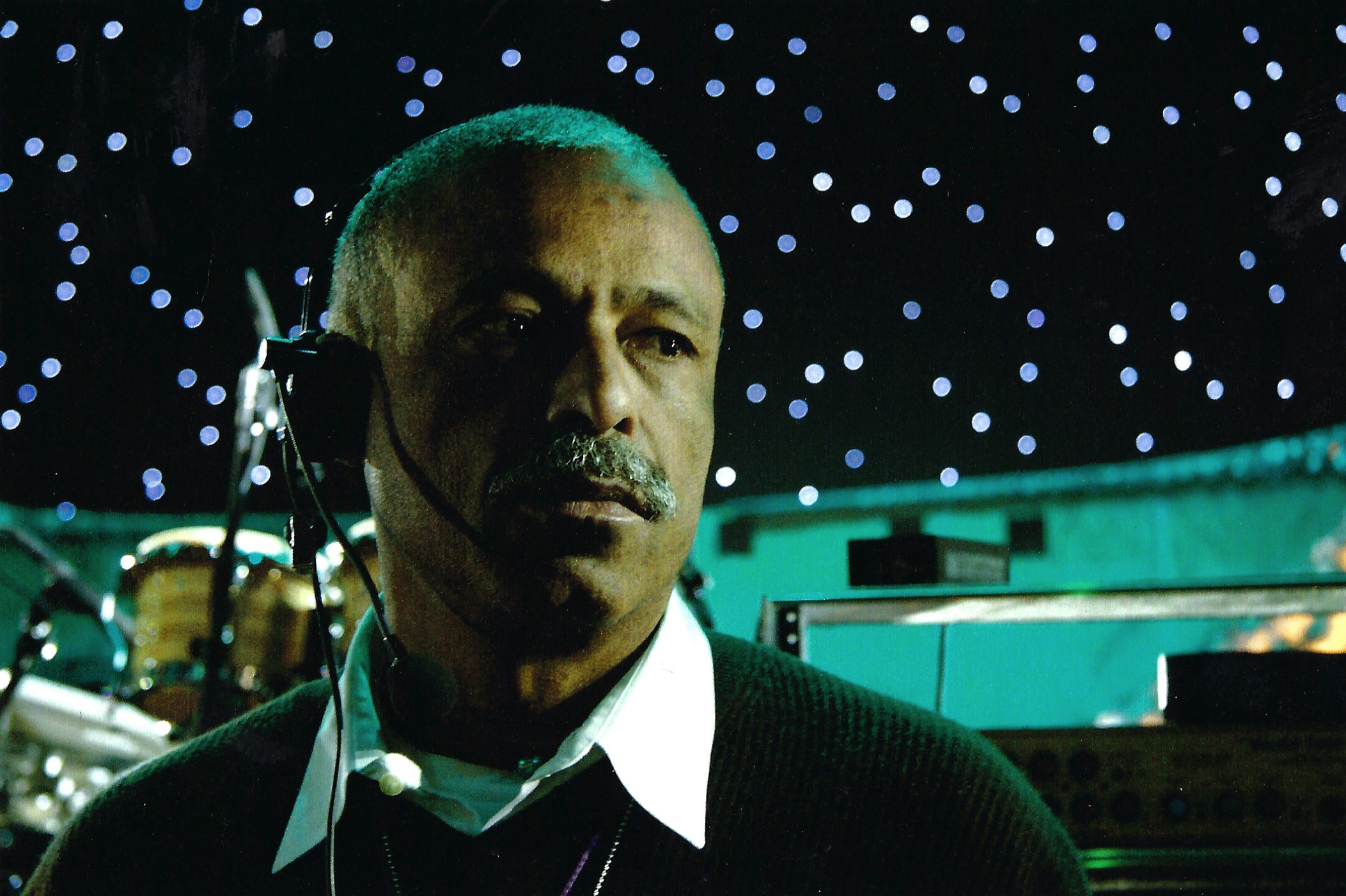
Multi-Talented: Donald A. Morgan, ASC
The cinematographer earns the Society’s Career Achievement in Television Award for his Emmy-winning work on multi-camera television shows.
By Jon Silberg
Images courtesy of Donald A. Morgan, ASC and the AC archives. NAACP photo by John Simmons, ASC.
Unlike many of his peers, Donald A. Morgan, ASC — this year’s recipient of the Society’s Career Achievement in Television Award — wasn’t a photography hobbyist in his youth. In fact, he expected his creative life would go in a very different direction. “I thought my calling was music,” he says, noting that he played bass guitar and originally planned to follow in the footsteps of his father, Al, who played standup bass in Cab Calloway’s band for many years.
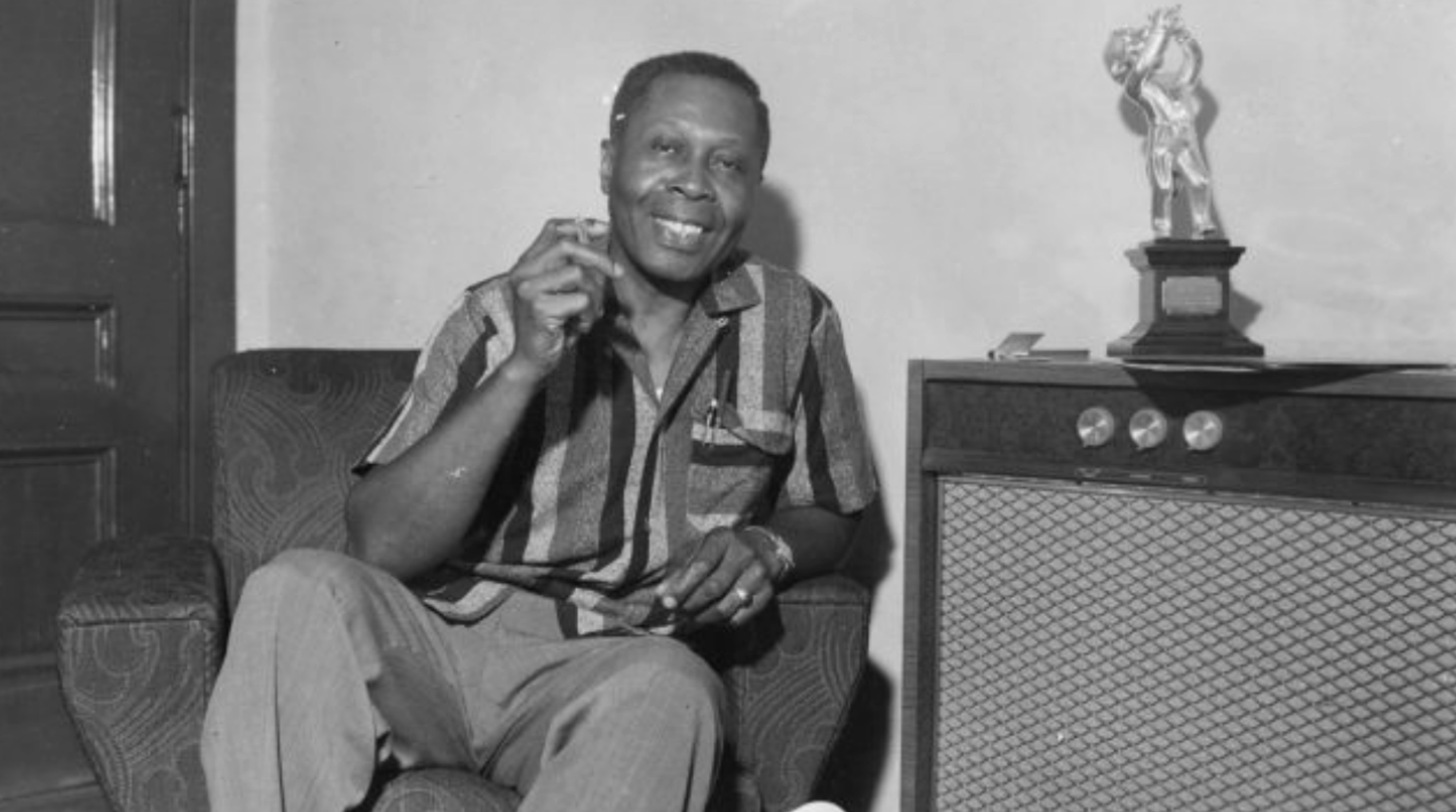
Morgan would, in fact, eventually go on to shoot such popular series as Home Improvement, Girlfriends and My Wife and Kids, winning 10 Emmy Awards in the process. Most recently, he won a 2019 Emmy for the Netflix series The Ranch (“Reckless”).
It was his mother’s work as a pathologist for the University of California, Los Angeles that brought the family from Philadelphia, Penn., to L.A. when Morgan was young. After graduating from Alexander Hamilton High School, he studied architecture and printing at Los Angeles Trade Technical College, with the intention of earning a living in graphic arts and moonlighting with his rock band. By his mid-20s, though, Morgan began to despair of that path and took a job in the mailroom at television studio KTTV, where Norman Lear was producing many series at the time. When he was offered a chance to work as an electrician on the stages, Morgan accepted, hoping it could lead to work in sound. “They called and said, ‘Listen, we’ve got a lighting job for you,’” he recalls. “I told them I really want to do audio. They said, ‘We’ve got a lighting job. Bring a wrench and a pair of gloves.’”
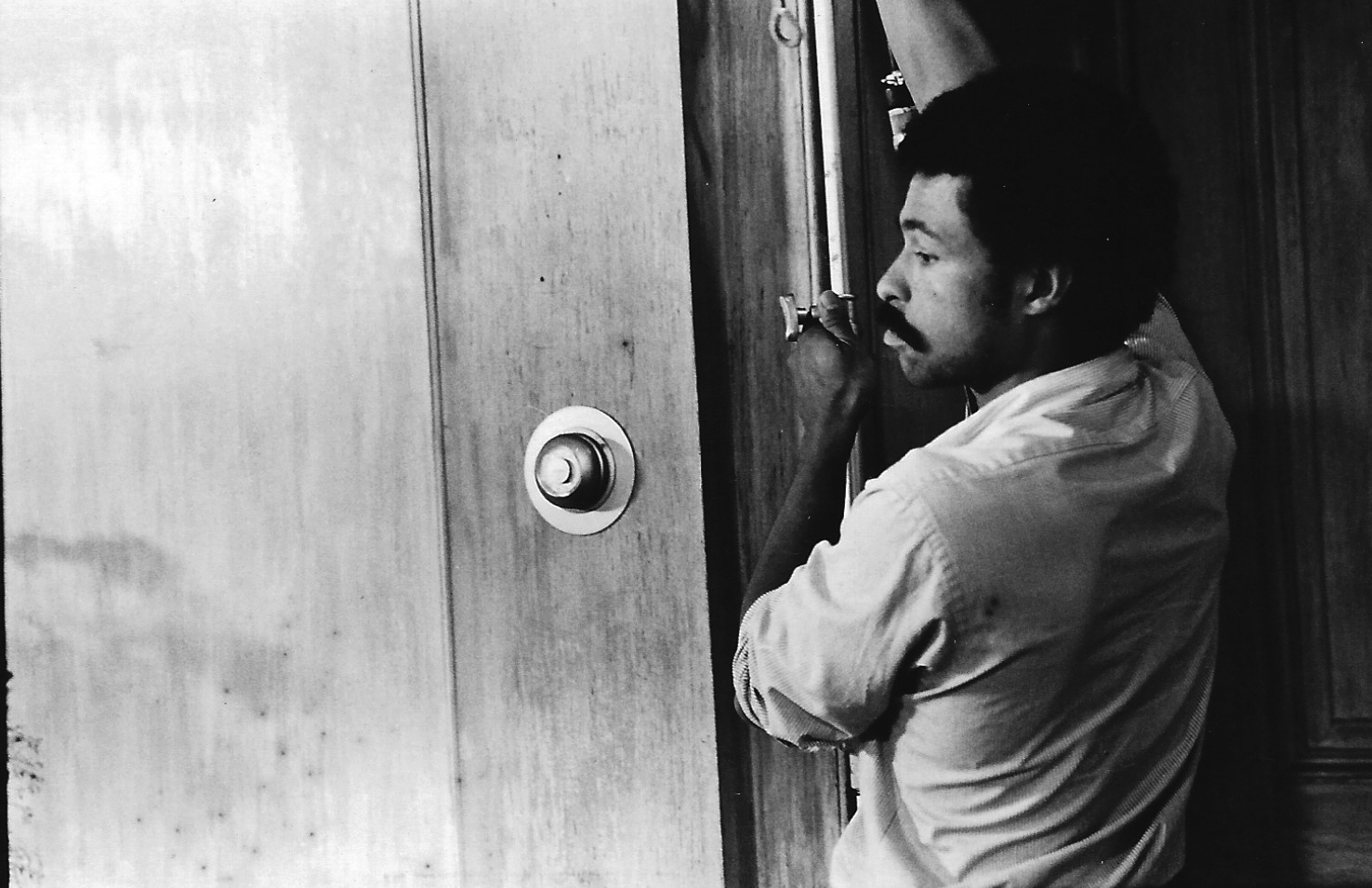
Morgan did as instructed. Upon entering the set of Maude, he noticed a lighting plan on a table. “I could read it because of my architecture background,” he says. “I saw the elevations and thought, ‘Okay, cool, this all makes sense.’”
Lighting directors George and Tommy Schamp frequently shared duties on Lear’s shows Good Times, The Jeffersons, All in the Family and Maude. Morgan vividly recalls his first day of work, when George Schamp arrived to direct his crew: “The set was black, and then the first light came on. It was perfect Paramount lighting: three-quarter cross-key with the diamond on the other side [of the lighting director’s face]. Right then, I saw the light — literally! I said to myself, ‘Oh, my God! This is a creative outlet I could become passionate about!’ At that moment, I knew where my career was going.”
Morgan decided then that he was very interested in being a set electrician, and he vowed that senior crewmembers would only have to tell him how to do something once. “Tommy took me under his wing and showed me his concept of how to light those types of shows,” Morgan remembers. “And he eventually gave me an opportunity to run the crews. Within one year, he gave me the pilot Another Day, and I was off and running as a lighting director.”
Soon, Morgan was enjoying a staff position at the KTTV stages, which led to opportunities as lighting director for Good Times and The Jeffersons, among other shows. “I was learning what lights do,” he says of that period. “I was responsible for the look in terms of lighting,” but not, he notes, elements such as camera placement and lens filtration.
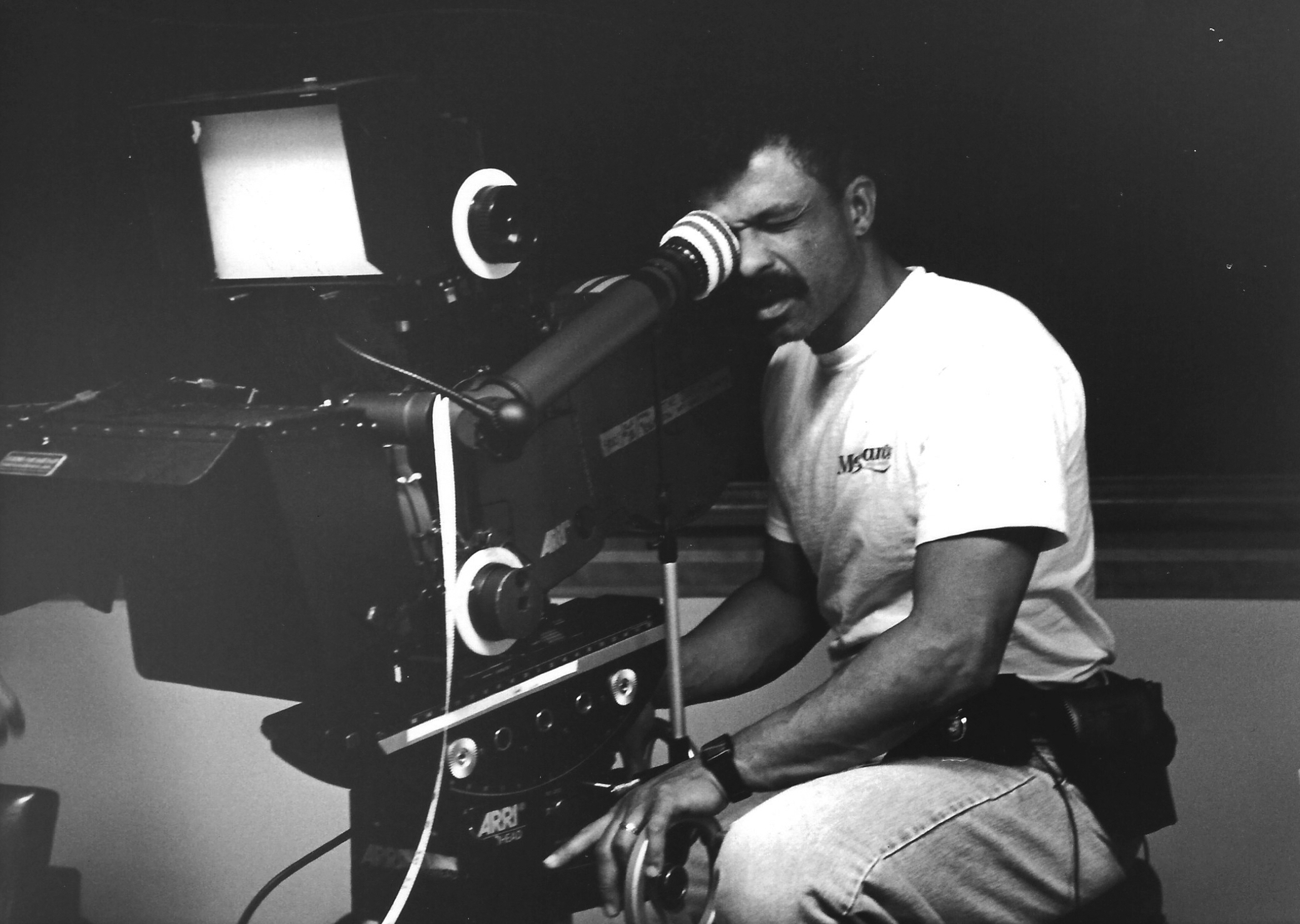
When Lear took his operations to Universal in 1978, Morgan remained on staff at KTTV, serving as lighting director on Three’s Company. But soon, Tommy Schamp asked him to come to Universal to work as director of photography on two established shows, Silver Spoons and Gloria, concurrently (as multi-camera shows typically involve two days of cinematography work per week, so cinematographers often work on two at a time). The move would also involve joining the camera union as a director of photography, at a higher rate than Morgan had ever been paid.
“I said ‘yes,’” Morgan recalls, “even though I really didn’t know what a director of photography was! So I quit at KTTV and moved over to Universal. But I didn’t realize how much more responsibility I had taken on.” In his new position, Morgan was not only answering questions about lighting, but about camera placement, lenses, focal lengths, aperture and more.
It really was an offer he couldn’t refuse, but he remembers feeling some anxiety on the first day. “I met Tommy on the Universal lot,” Morgan recalls. “He walked me up to the back door and said, ‘You’re ready to make this move. Go do what you have to do, no matter what anybody says!’ He patted me on the back and pushed me into the studio. Those first six months were an incredible learning experience.”
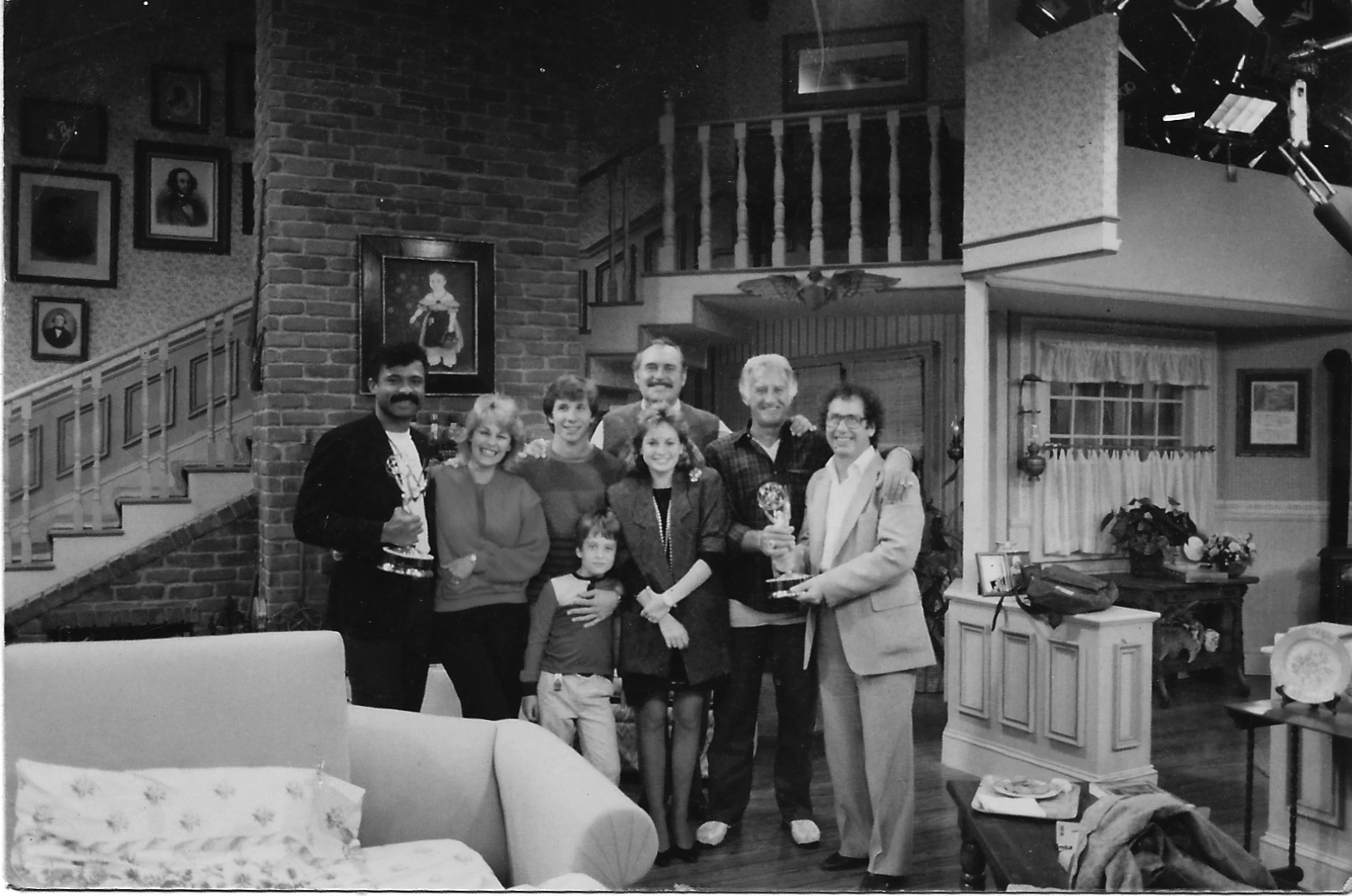
During Morgan’s tenure at KTTV, he had met a number of feature-film cinematographers when they were using the stages for various projects. One was John A. Alonzo, ASC, who shot the newsroom scenes for Blue Thunder there. When Morgan heard Alonzo was working on a nearby soundstage at Universal, he visited during lunch hour. Alonzo, he says, “really felt that diversity was important. He told me, ‘Any time and anywhere I’m shooting, come over and visit.’” Morgan took him up on the offer and got to watch the shooting of a large set piece for the movie Scarface.
Another lunch break brought Morgan to a stage where Allen Daviau, ASC was busy shooting an episode of Amazing Stories. “Allen asked who I was, and when I said I was a cinematographer on another stage, he invited me to sit down and watch,” Morgan remembers. “It was incredible. I was seeing all these different lighting techniques and what he was doing with the cameras. Allen was very supportive, and I learned a lot from him that day — and other times I had a chance to visit him on sets. I was taking notes on every setup.”

Morgan also experimented with techniques to bring more contrast into faces, controlling frontlight so it didn’t hit back walls, trying different types of soft lights with baffles, and dividing a set into multiple sections and using dimmers to make sure light would fall where he wanted it and not where he didn’t. Some of these practices had been used for decades on single-camera shows, but presented unique challenges to cinematographers who had to cover all the action with three or four cameras at all times.
When union issues created a situation where Morgan had to depart Universal, his employers there and a number of other supporters made calls on his behalf, and he soon landed a job as lighting director for lighting designer Bill Klages at ABC. After the 1984 Summer Olympics, which took place in L.A. — for which Morgan served as an on-lot lighting director at the international broadcast center — he was brought on as lighting designer on the pilot for Mr. Belvedere. There, he worked with director of photography George Spiro Dibie — who would eventually become a longtime leader of the International Cinematographers Guild, an ASC member, and also a recipient of the ASC Career Achievement in Television Award. Dibie took a liking to Morgan, and the two have been close friends ever since.
Dibie would ask Morgan to light in ways he hadn’t previously, which helped Morgan expand his techniques. “George wanted to use colored light,” Morgan recalls. “He talked about straw gels and diffusion to help create a feeling of depth. Those were things I hadn’t done before.”
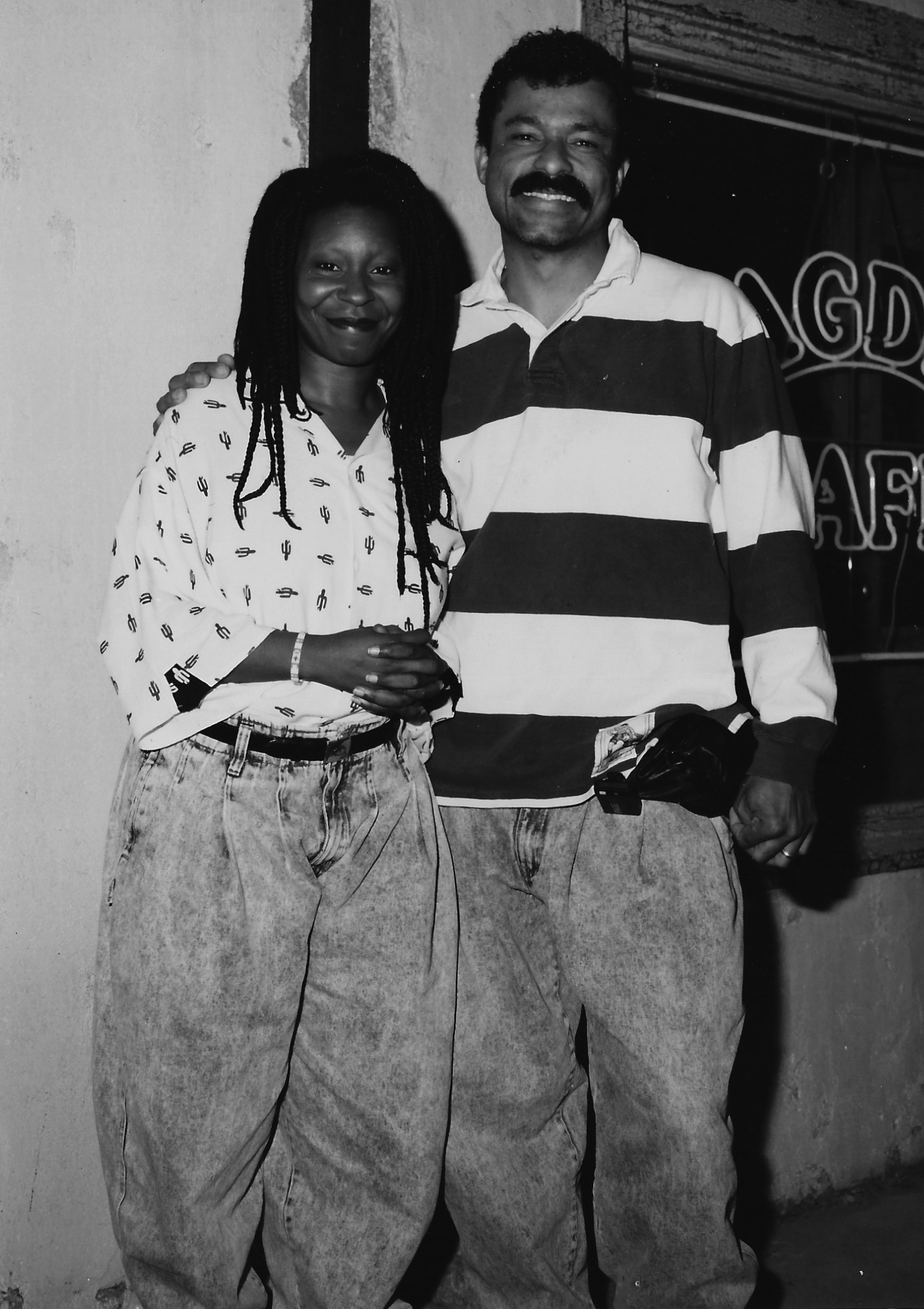
It would be impossible to talk about Morgan’s career without mentioning his work on Home Improvement. Though the show was more of a traditional high-key comedy, it was unusual in that it used five cameras at all times, rather than three or four. This approach initially came about because Mr. Wilson (Earl Hindman), the next-door neighbor of Tim Taylor (Tim Allen), would interact with Taylor from the other side of the fence — with his face always hidden — and it was necessary to have a camera that could capture shots from various angles, particularly from overhead looking down.
Morgan placed a fifth camera on a Jimmy Jib, on its own Elemack Dolly, that would permit the necessary coverage — and soon the episode directors decided they wanted to explore ever more options for coverage and movement using this camera. The cinematographer recalls, “I told everyone, ‘We’ll put this jib where we need it and light around it.’ That became a kind of signature for me. I try to get that jib on all my shows.”
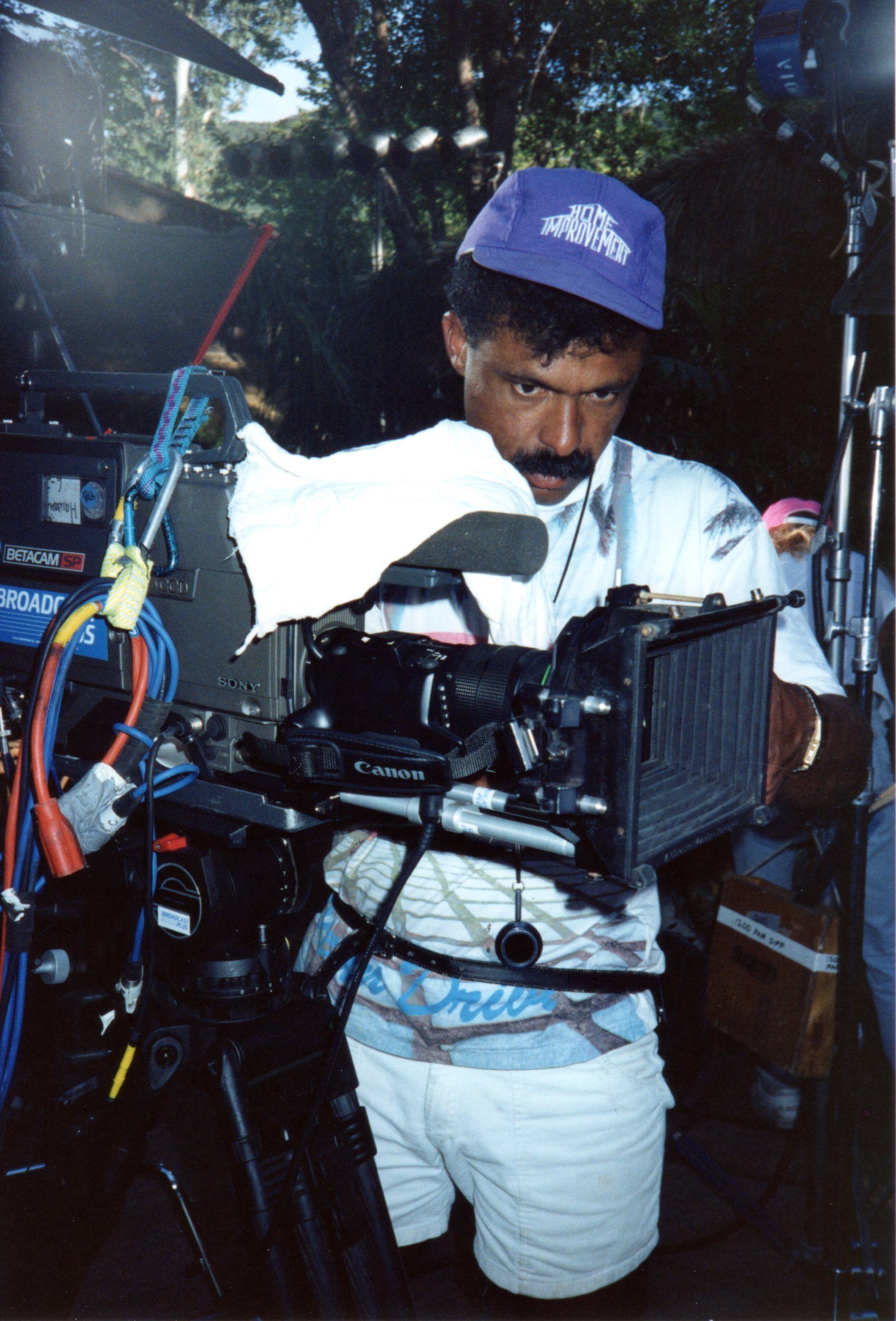
More recently, Morgan has been using cinematic lighting, contrast, color and camera moves on The Ranch, a series that follows a young man (Ashton Kutcher) who returns to his Midwestern home to go into business with his estranged father (Sam Elliott). The show has a naturalistic look, and Morgan uses a minimum amount of light and makes use of the latest LEDs to create different types of sunsets. “We’ve had some sets where all the walls were dark and you could only see the people,” Morgan says. “We might have a practical in the background just filling in the void, and then we light the actors. A lot of cinematographers visit our set wanting to see how we’re doing what we’re doing. Some ask me how I can get away with it, and I say, ‘I’m not getting away with anything — this is just the way I see it.’ I’ve been having a lot of fun on The Ranch, and I’m bringing some of that [approach] to The Conners, too.”
Morgan recalls that back when he was at KTTV, cinematographer Brianne Murphy, ASC told him he would be a good candidate for Society membership, yet it wasn’t until several years later — when Dibie was invited to become a member — that he began to learn about the ASC in earnest. Morgan was ultimately invited to become a member in 2000, with letters of support from members Murphy, Dibie, Tony Askins and Robert Liu.
Morgan recalls his meeting with the ASC Membership Committee as a nerve-wracking experience. “There was a light over the table, and the walls were dark. There were a whole bunch of people sitting way in the back row, almost in the dark — they were the ones that made me nervous! But Allen Daviau gave me a lot of confidence. He sat next to me — and George, Bobby [Liu] and Tony were there, too. I got in, and since then we’ve been able to bring in more multi-cam cinematographers.”
Morgan expresses pride in belonging to an organization with such leading lights in the field. He is also proud to be part of the Society’s outreach, helping teach and mentor aspiring cinematographers through the ASC Education Committee, among other activities. Morgan has also mentored students from institutions that are part of historically black colleges and universities. “I’m delighted to see more and more diversity in crews today,” he says. “More than ever before.”
Looking back at his illustrious career thus far, Morgan feels lucky that he’s been able to pursue the passion that was awakened on that first day at KTTV. “I have three kids in their 30s, and they know all the studio lots,” he notes. “My wife is a makeup artist, so we both understand the demands of working in the industry.”
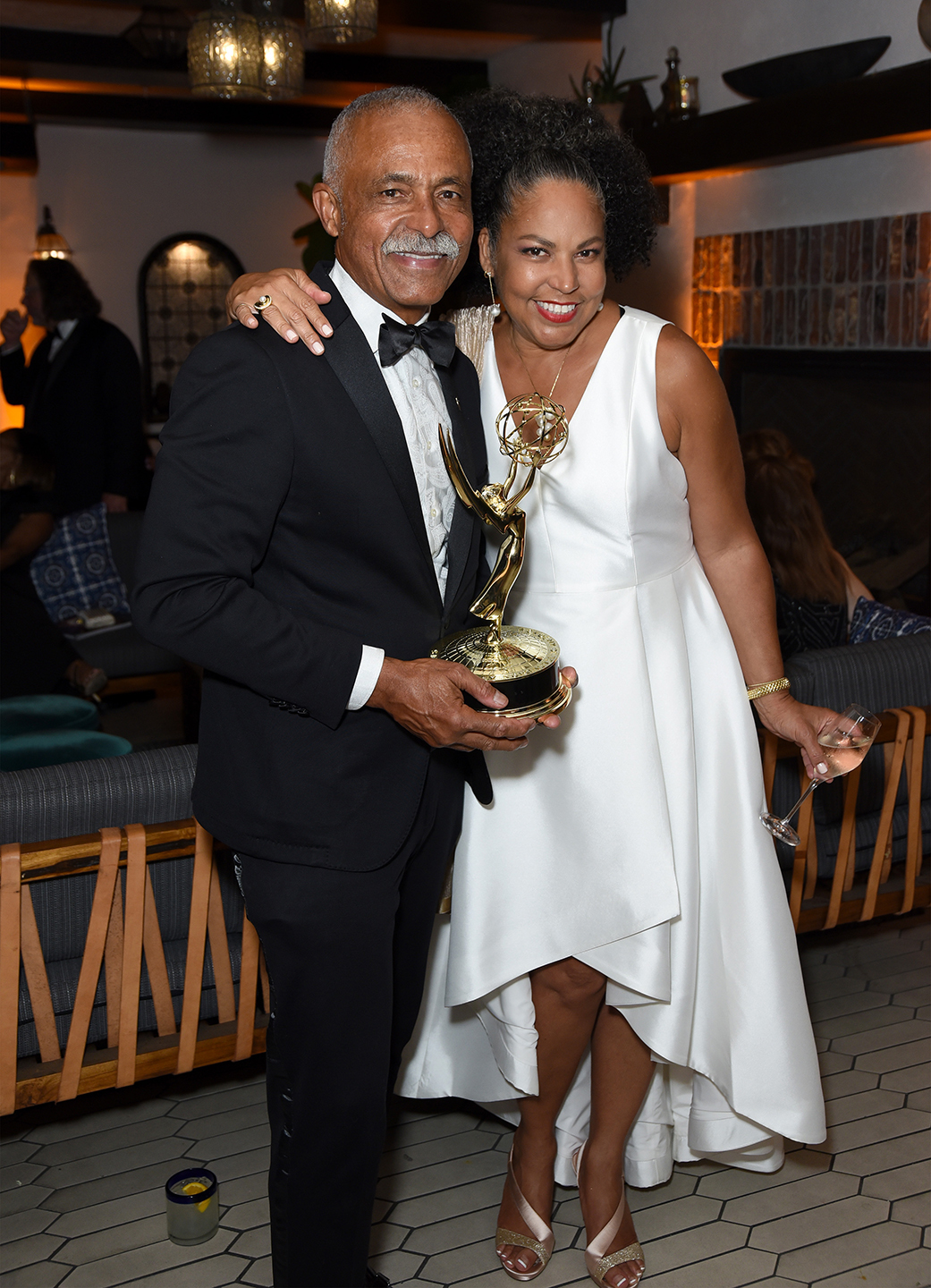
Morgan continues to work with the same enthusiasm he felt when he was starting out. “The last five years, I’ve built up a creative style that I think is starting to affect how people think about multi-camera shows,” he says. “It took a while. Producers and networks used to say, ‘Brighter is funnier!’ And sometimes you have to do that because you’re hired to do that. But now they’re a little more open to letting us bring more contrast. And on this season of The Conners, you’ll see that.”
Morgan also promises that upcoming episodes of The Ranch will feature some of his most interesting work yet. “I’ve been playing with color, and I’m just having a ball!”
